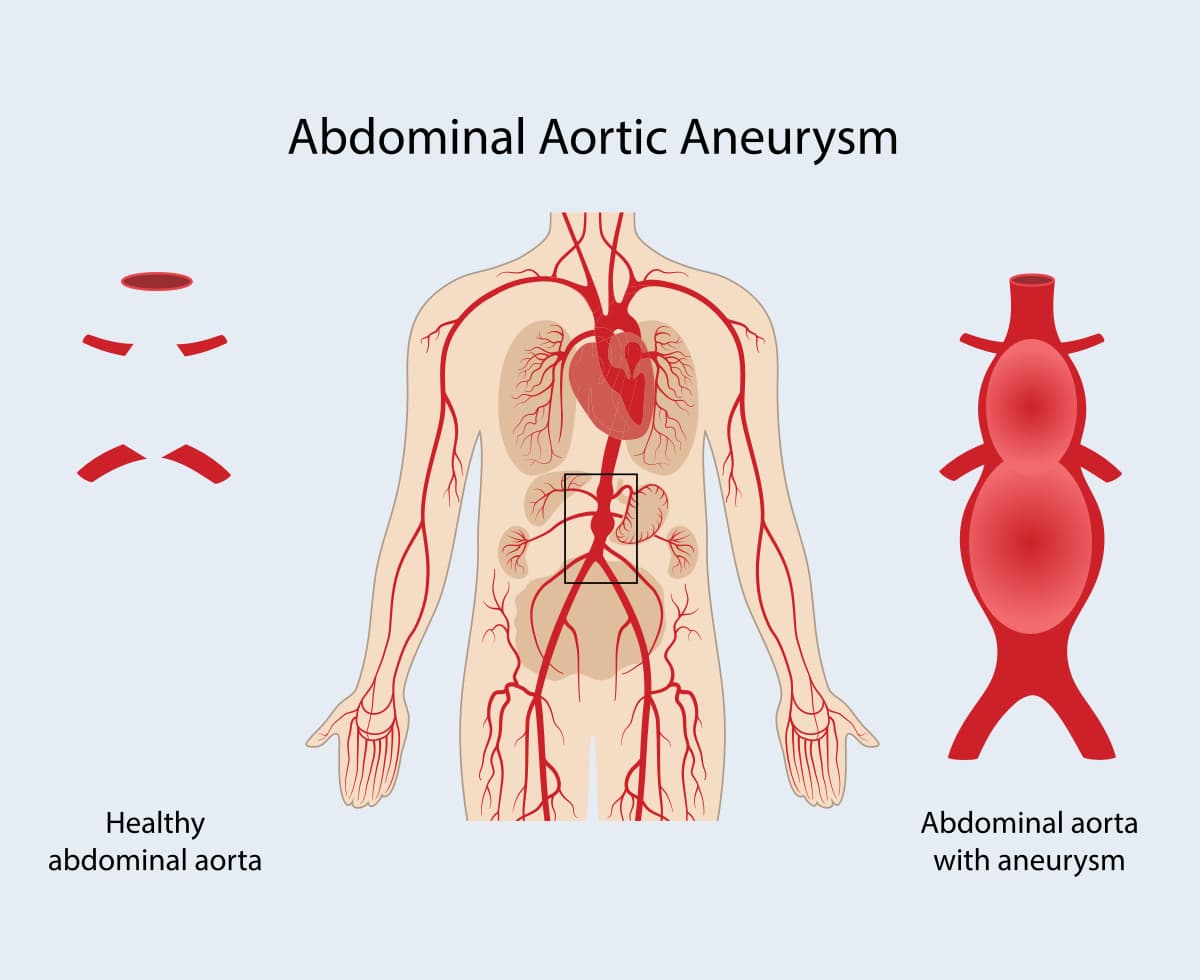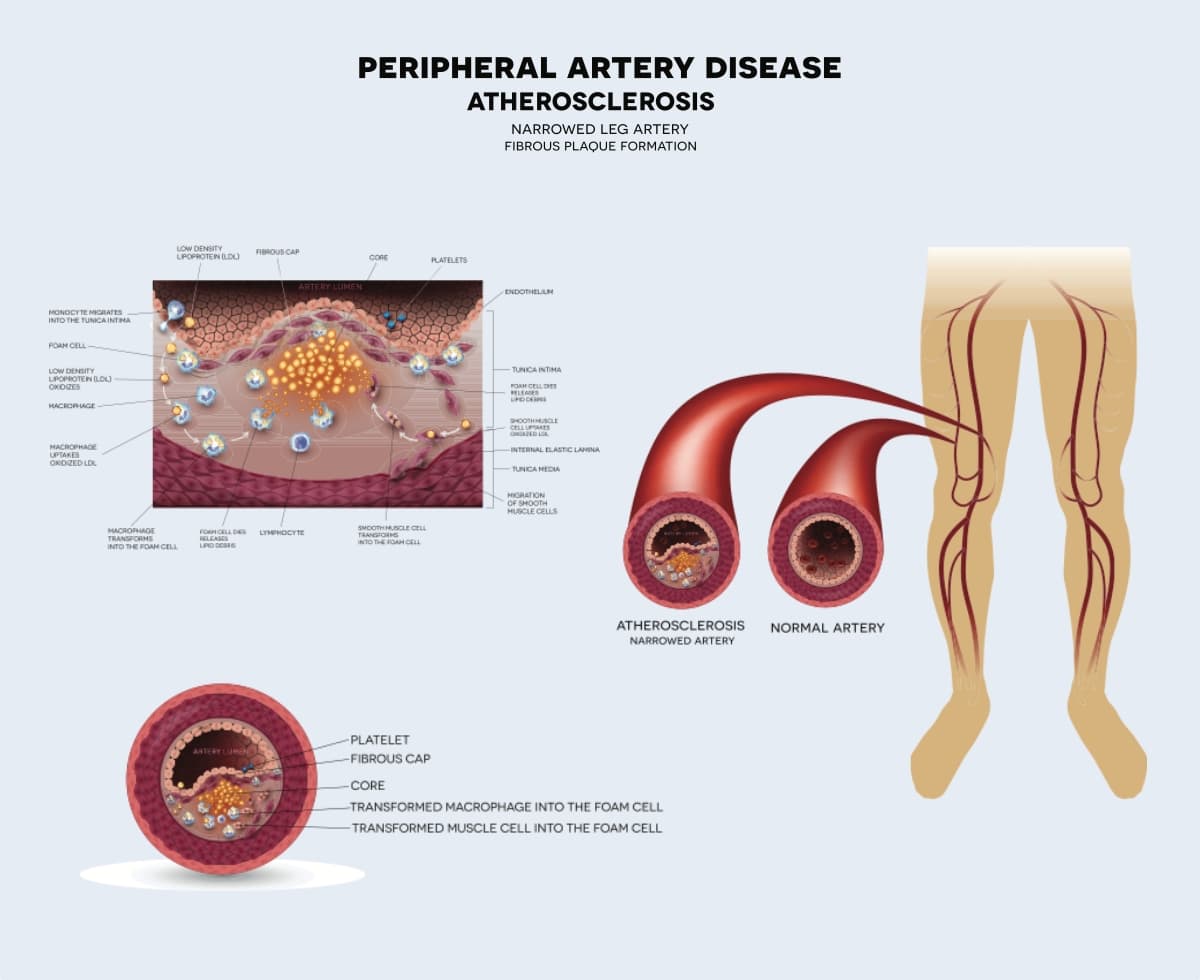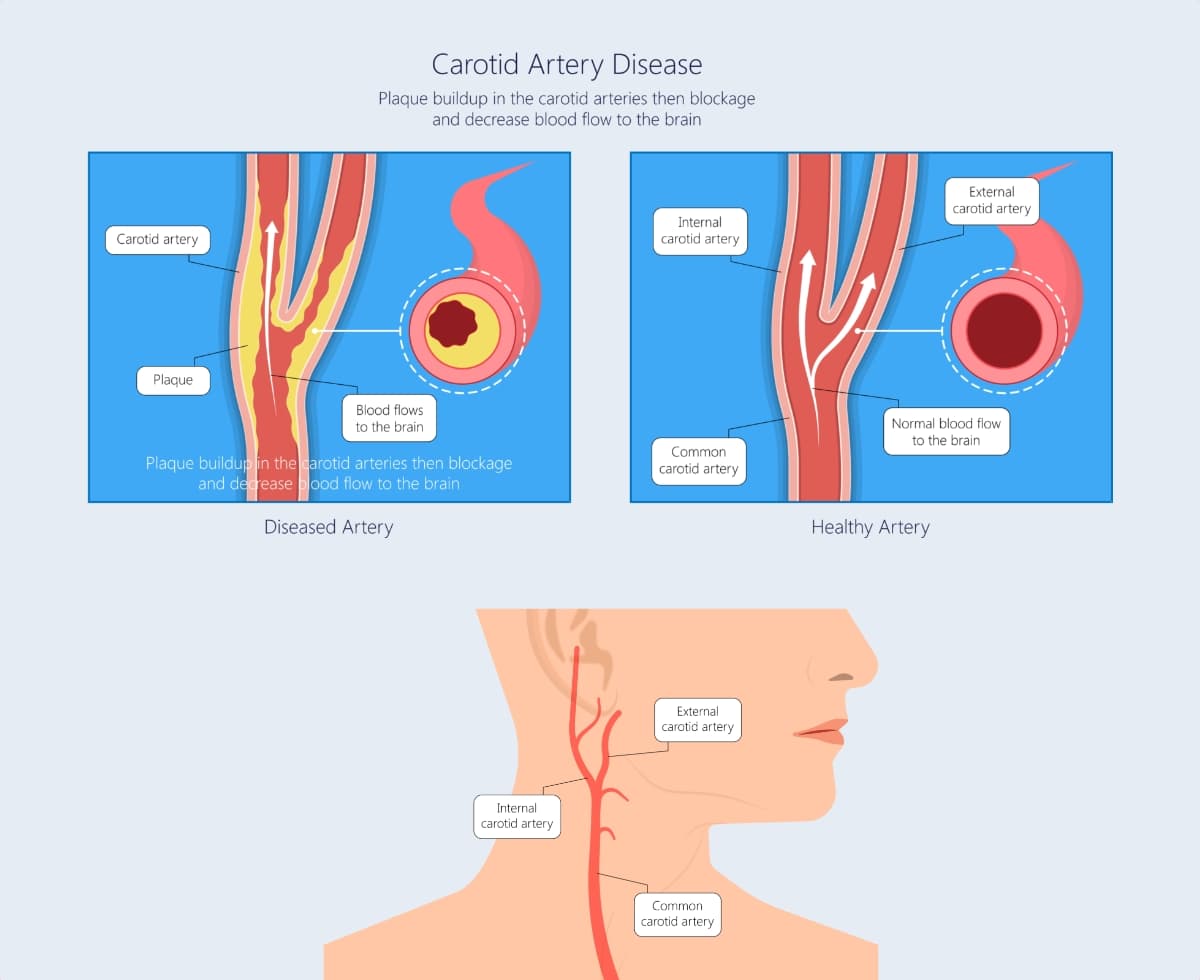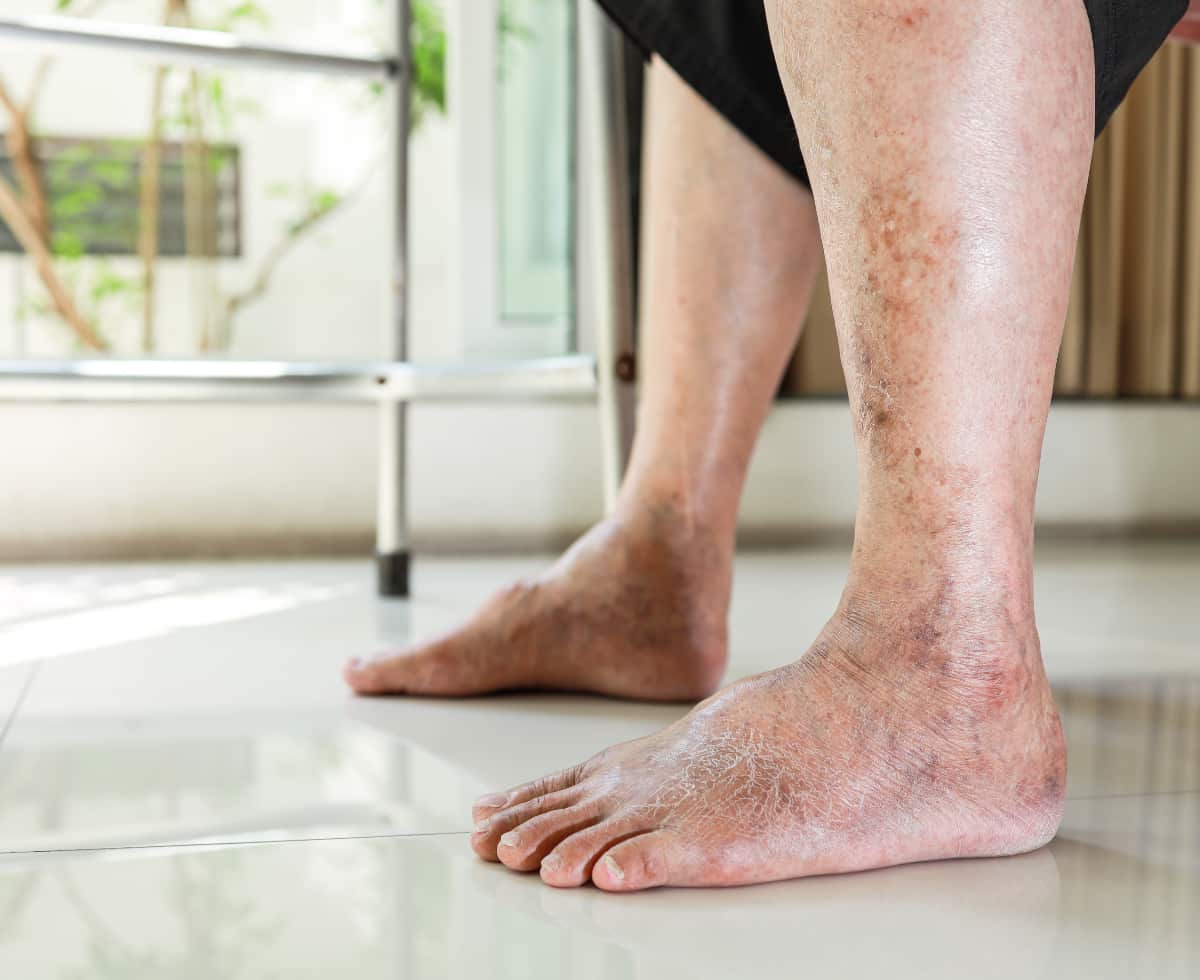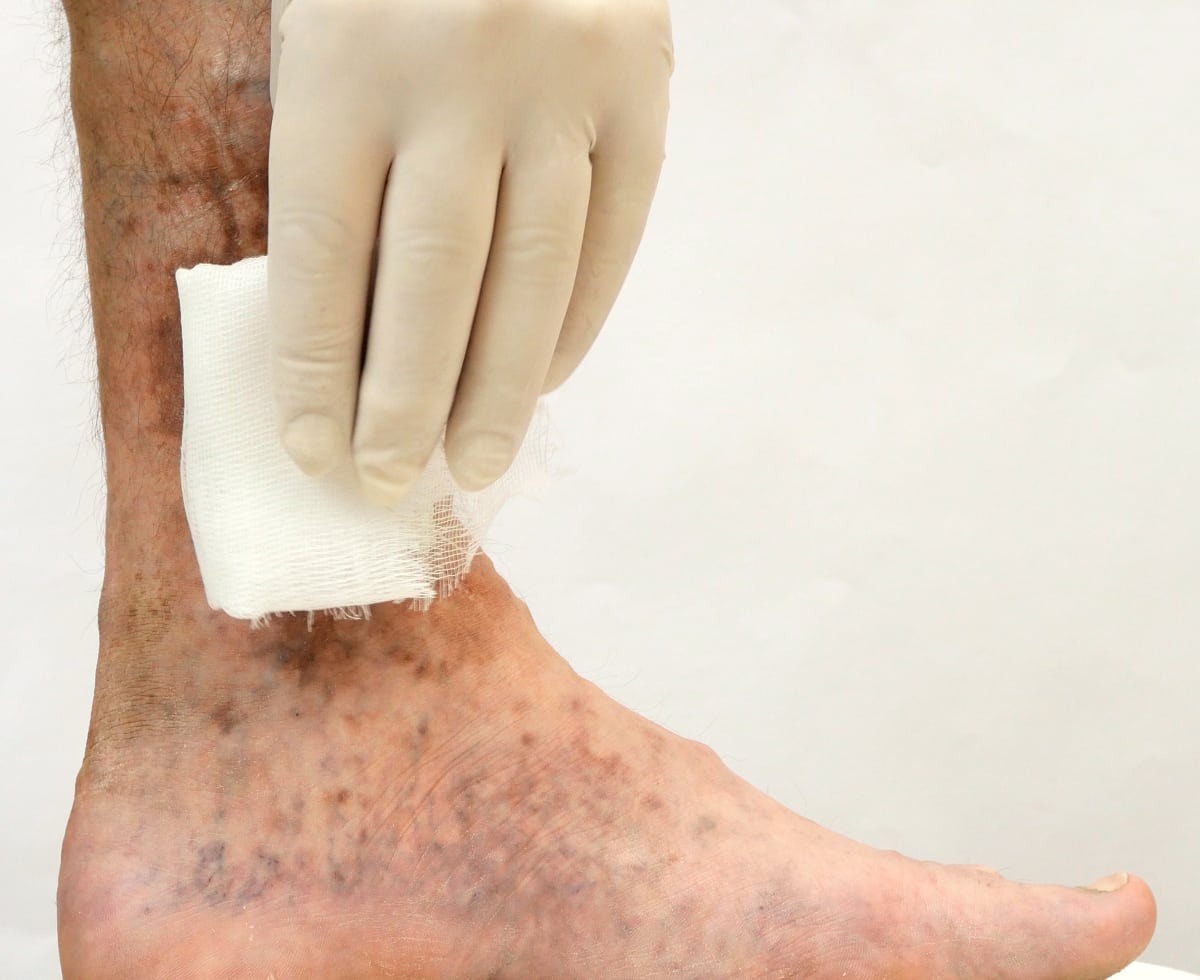Vascular conditions
All vascular conditions I can help with

Varicose veins are prominent, swollen, tortuous and enlarged veins, mainly found in your legs. They can ache, feel heavy and be uncomfortable. They may bother you for aesthetic reasons.
The aorta is the largest artery in the body and it transports the blood from the heart to the rest of the body. If you have an abdominal aortic aneurysm, it means that the wall of your aorta has weakened.
Peripheral artery disease, or PAD, is a circulatory condition that may cause leg or foot pain. When plaque is building up in your arteries, it’s harder for your blood to carry nutrients and oxygen to the tissues in those areas.
Carotid artery disease, or CAD, can cause stroke or mini-stroke. It’s important to see your doctor if you have symptoms and if there is blockage of the carotid arteries, surgery is usually indicated.
Diabetic foot treatment
Diabetics are at increased risk of developing foot wounds. In some cases, surgery for a complicated diabetic foot wound may be needed. Working in the Multidisciplinary Diabetic Foot Service at Royal Perth Hospital and SJOG Midland Hospital, Dr Altaf is able to provide a comprehensive service to manage diabetic foot disease.
Leg ulcers
Leg ulcers are common and they are characterised by breaks in the skin that fail to heal. Ulcers can occur anywhere on the body but in this article I will focus on leg ulcers.
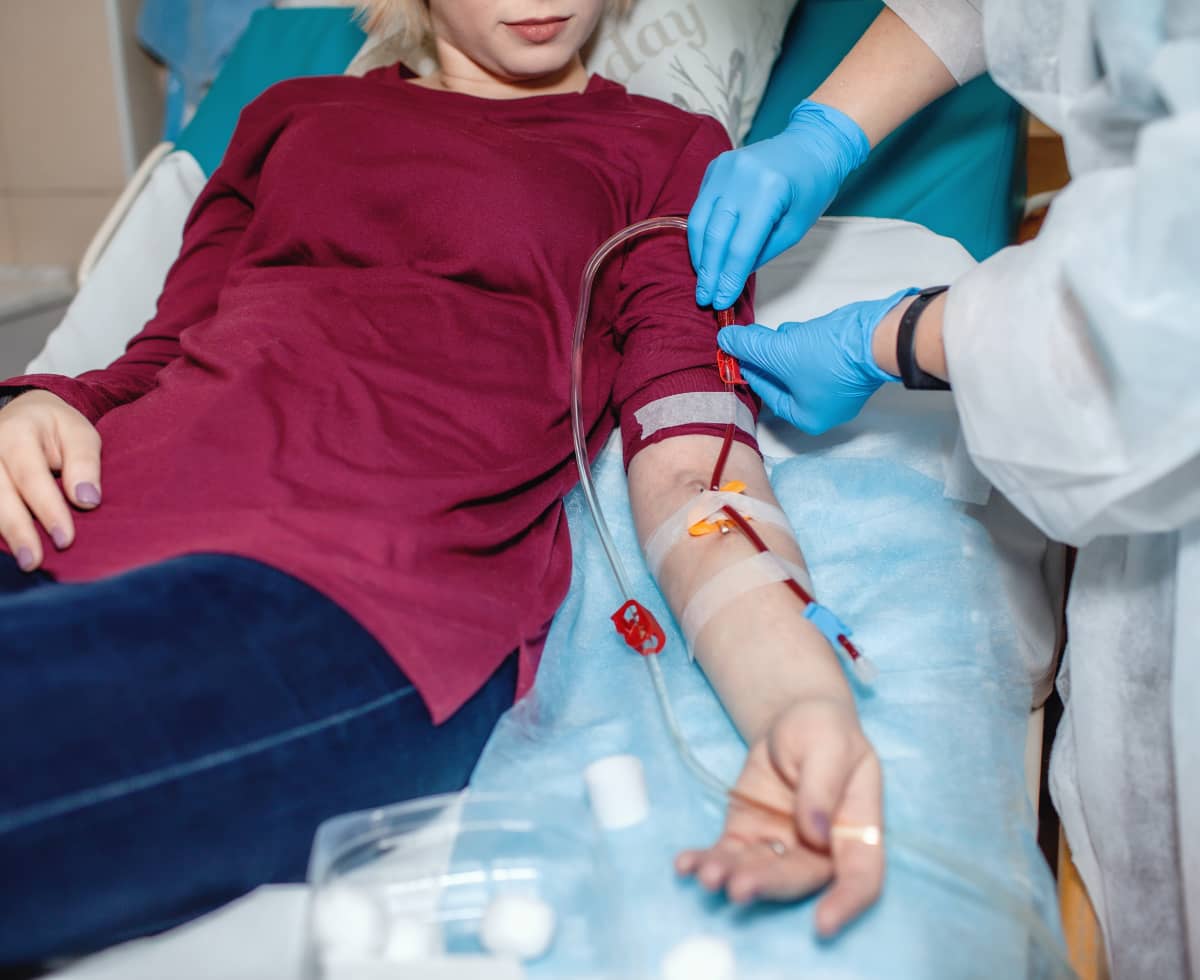
Renal access surgery
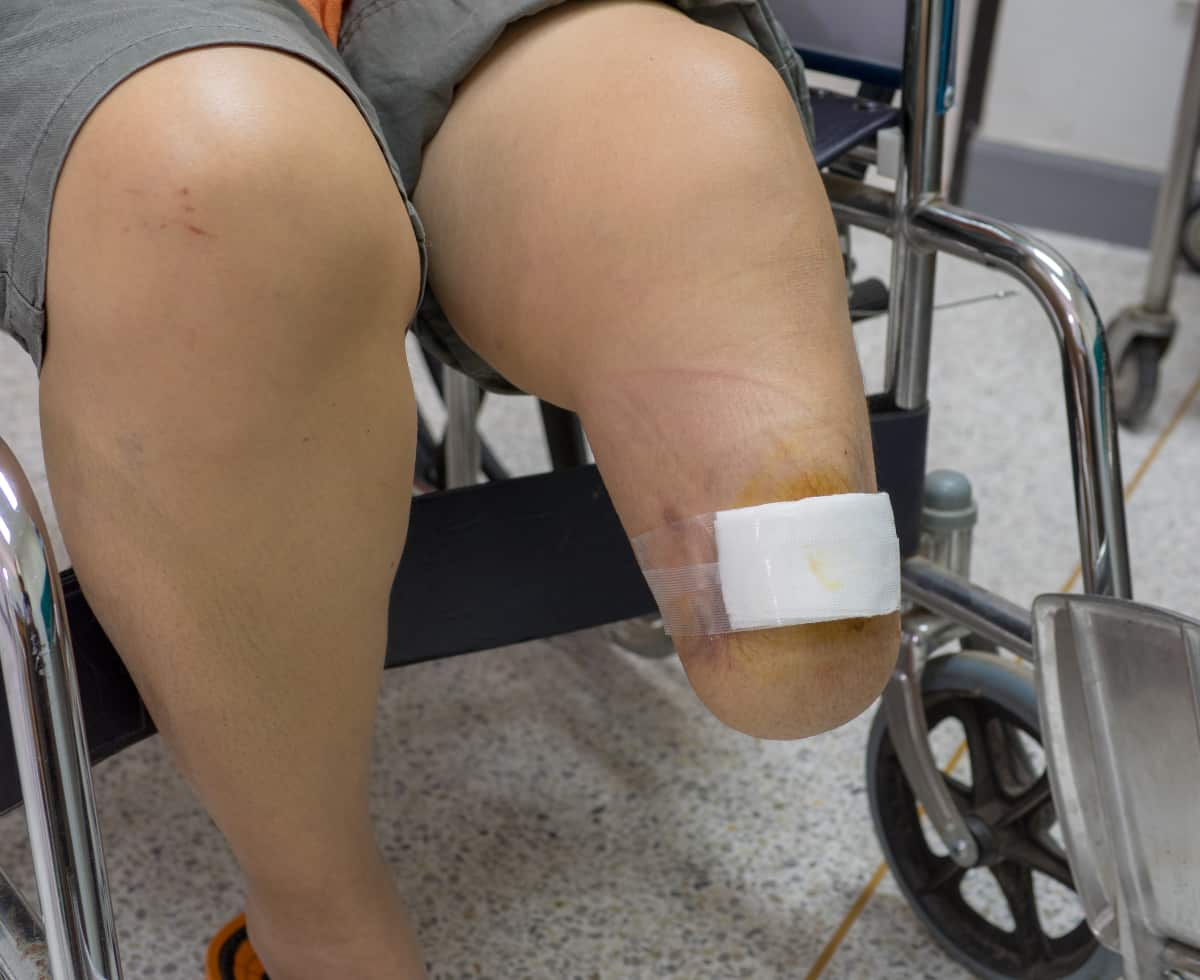
Amputations
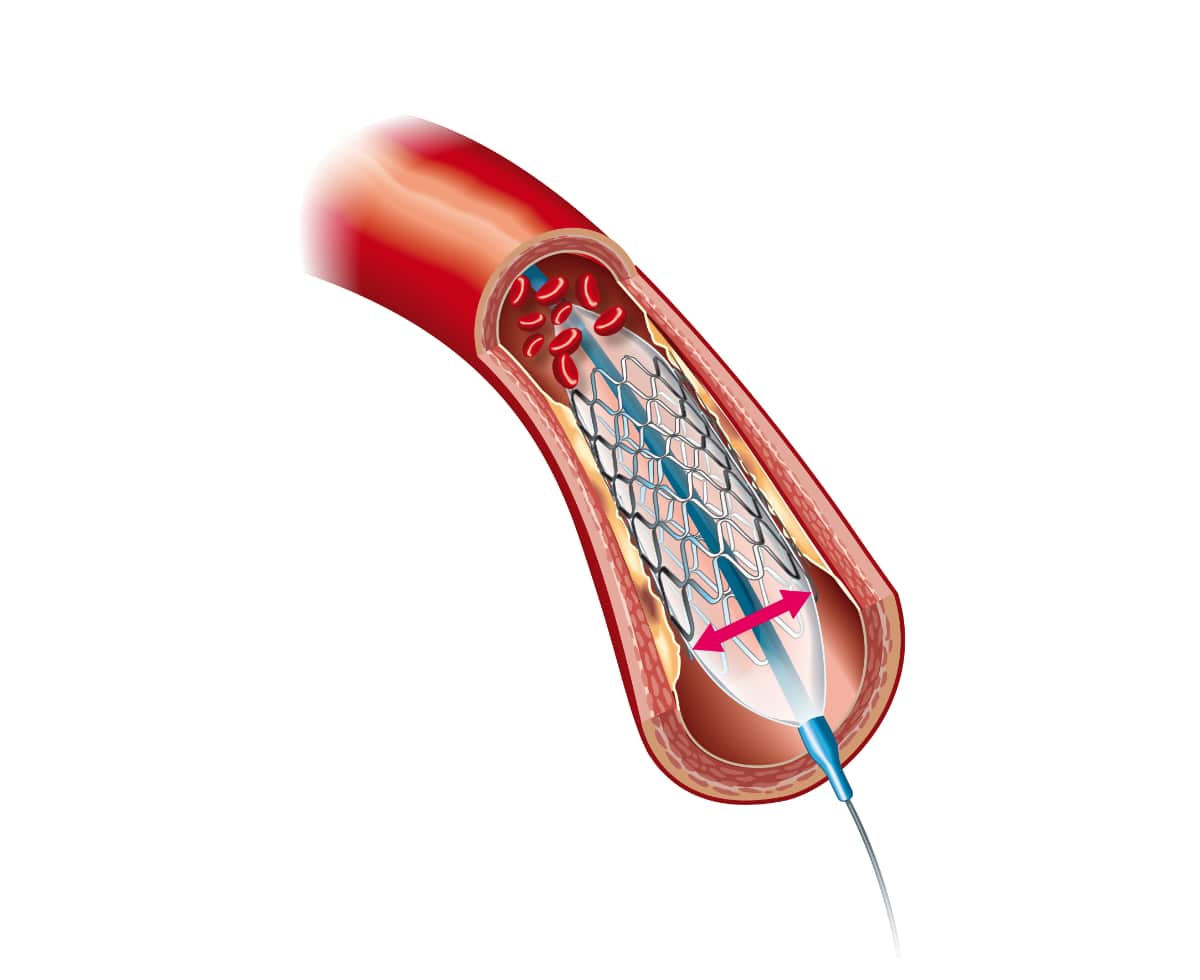
Venous stenting
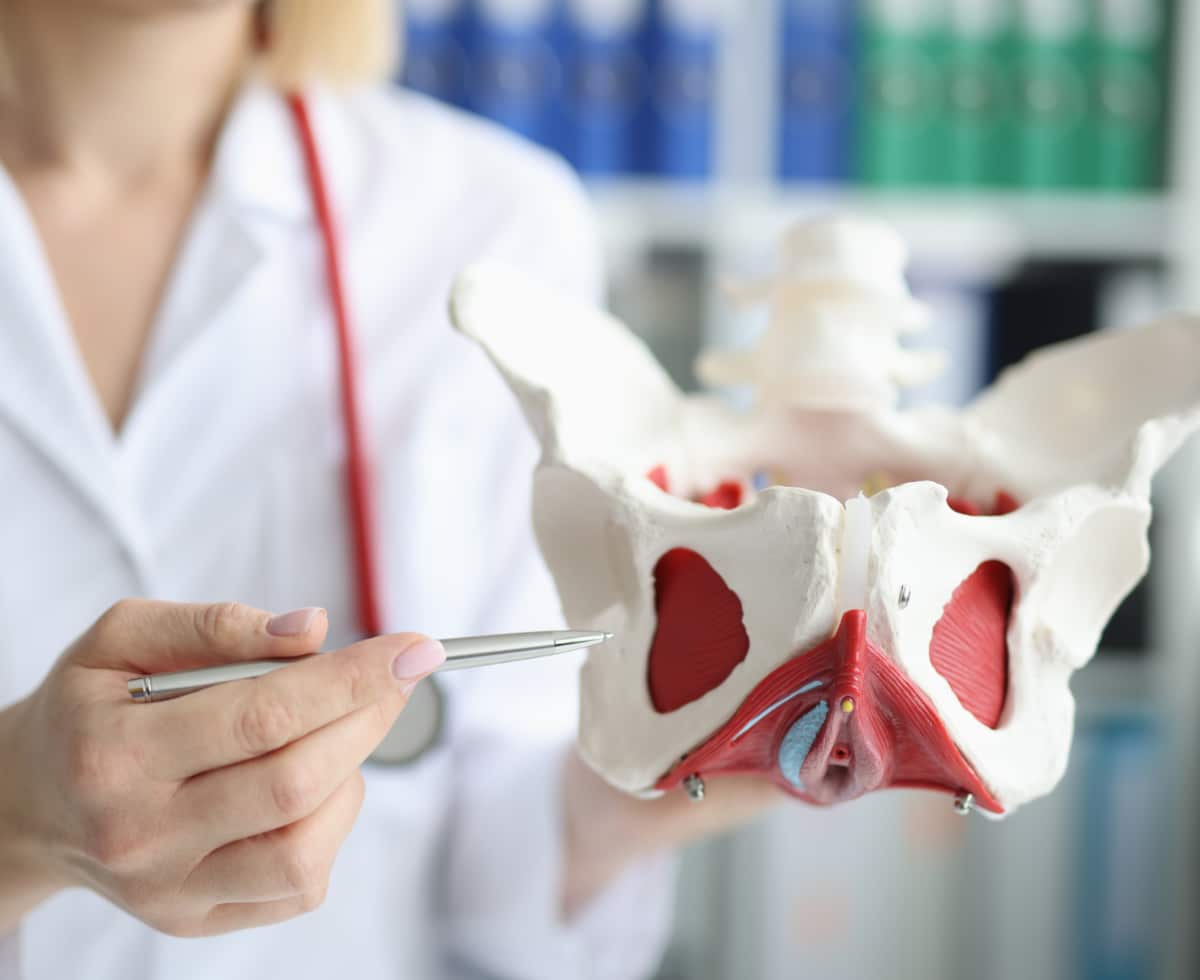
Ovarian vein embolisation
Pelvic congestion syndrome is a condition that may cause chronic pelvic pain (PCS). When the veins in the pelvis become enlarged, like varicose veins, this may lead to congestion, which is a build-up of blood in the vessels. Ovarian vein embolisation is a minimally invasive treatment and can reduce the symptoms of PCS.
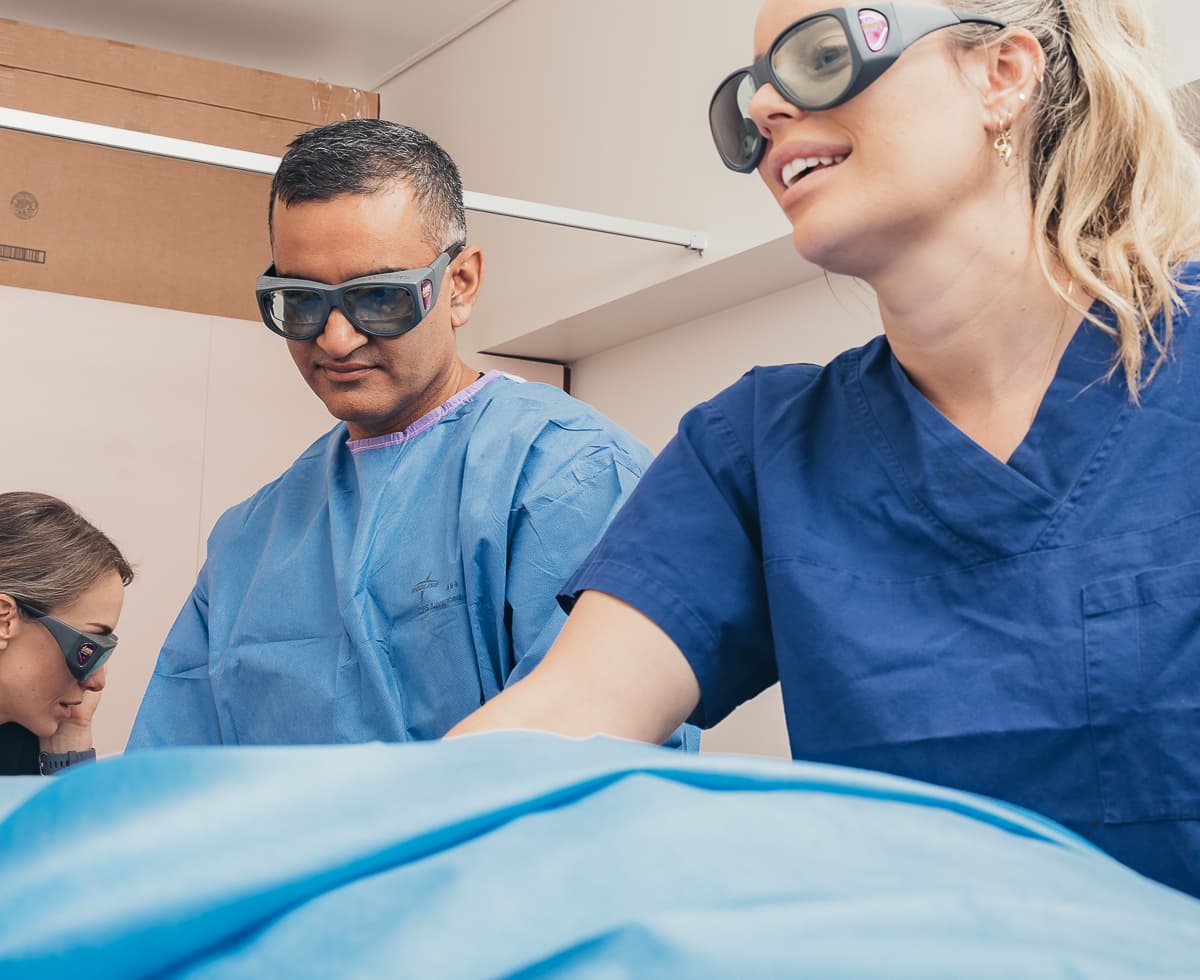
About
Dr Altaf
As a vascular surgeon, I believe there is no one size fits all. This means appointments take as long until you fully understand the condition and are happy with my approach to get you the best treatment option.

